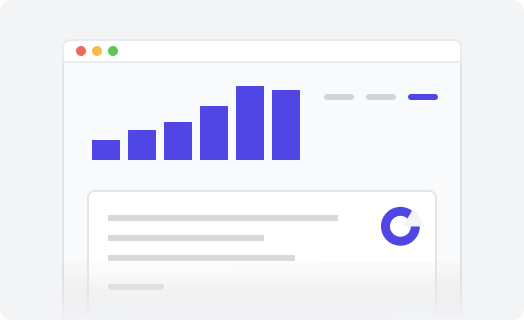
Knowledge bases and FAQ pages can be compared to a first aid kit for your users and customers whenever they encounter an issue or have a question. Their importance should not be underestimated and the developers of the Zendesk knowledge base (or Zendesk Guide) know this for sure. Let’s explore both in detail by starting with a definition, followed by comparison of the key functions.
An FAQ page is simply a list of basic questions that run in the minds of people who visit your website for the first time. Therefore, this section addresses the most common questions of new potential customers, whereas the actual users or regular customers will have an entirely different scope of questions and issues.
In other words, the FAQ page covers the main points briefly, whereas the knowledge base is like an encyclopedia, which contains hundreds of nuances, peculiarities and details.
And if the main purpose of an FAQ page is to clarify the basics of your business, the main point of the knowledge base is much bigger—to help your customer service team by lowering the number of tickets, offload them, improve the personal touch service, decrease the queue and answering time and focus on the most special cases requiring a human involvement and, at the same time, give your users a possibility of finding answers on their own.
In other words, the knowledge base is a form of self-service whereas an FAQ page is rather a clarifying page covering general information about your business.
Main criteria for distinction
Search bar
One of the main distinctive features between the knowledge base and the FAQ page is a search bar. However, you would be wrong to think that installing it to the existing FAQ page would make it transform into a fancy knowledge base.
Searchability of the articles is what makes a good knowledge base. You can also add relevant keywords to the FAQ section; however, there will be far less of them as opposed to the knowledge base.
For instance, Zendesk knowledge base has not only visible and easily accessible search bars, but it also suggests the relevant articles in accordance with those you are viewing at the moment. This adds even more value.
Info architecture
Another primary distinction of the knowledge base is categorization of the topics, while in the FAQ section they are all listed together. As a result, you cannot have an endless FAQ page without grouping and optimizing content into the topics. It will not make any sense. And the trick is—once you start categorizing and organizing, you “cross the border” and step to the territory of the knowledge base.
Zendesk knowledge base has all the necessary functions for smart categorization, meaning you can organize your articles in multiple levels including sections and categories.
Customer experience
Users will have an entirely different experience with a knowledge base because, as opposed to an FAQ section, their aims will be different. A knowledge base is created as a tool of self-service and therefore includes extra features. For instance, the Zendesk knowledge base gives relevant articles suggestions and offers an answer bot.
Look and feel is another aspect of customer experience and you need to customize your Zendesk help center along with the FAQ section in order to make the right professional and trustworthy impression on your users. Zendesk branding is one of the first things to start with if you want to make your knowledge base look like your main website.
Zendesk also offers different themes and content collaboration possibility as well as multibrand presence.
Analytics & metrics
Unlike an FAQ page, a knowledge base traditionally has its own analytics to let you see a full picture, which may not be visible to usual metrics like Google Analytics.
For instance, a Zendesk knowledge base gives you great reporting tools with which you can spot your weak points and fill them with the relevant content, monitor the answer bot efficiency and monitor activities of the users.
At the same time, you can surely integrate your Zendesk Guide with Google Analytics too.
Conclusion
Although an FAQ page and a knowledge base may sound like the same thing, they are not, and each of them does not just look different it has a different purpose.
A knowledge base offers greater opportunities in terms of self-service and it’s more effective when it comes to lowering the ticket volume.
Adding a knowledge base to the arsenal of your customer service tools will improve many different indicators, related to their experience and target actions. Yet, simply adding it to your website is definitely not enough, you have to optimize it too.
In order to make your knowledge base the most user-friendly and effective, it is highly important to customize your Zendesk help center by fine-tuning pages to your corporate style and the specific needs of your audience. The best way to do it quickly is by ordering a customization service from an official Zendesk partner.
Especially for this purpose, Zendesk recommends Lotus Themes, which specializes in a wide range of individual customizations to make your knowledge base look bespoke.
As a result, you will get a clean code on the inside and a customized Zedesk help center compatible with all browsers and devices, including Retina screens on the outside. Hence, all your worries about the design, technical aspects and functions of your Zendesk knowledge base (or Zendesk Guide) will be absolutely irrelevant.